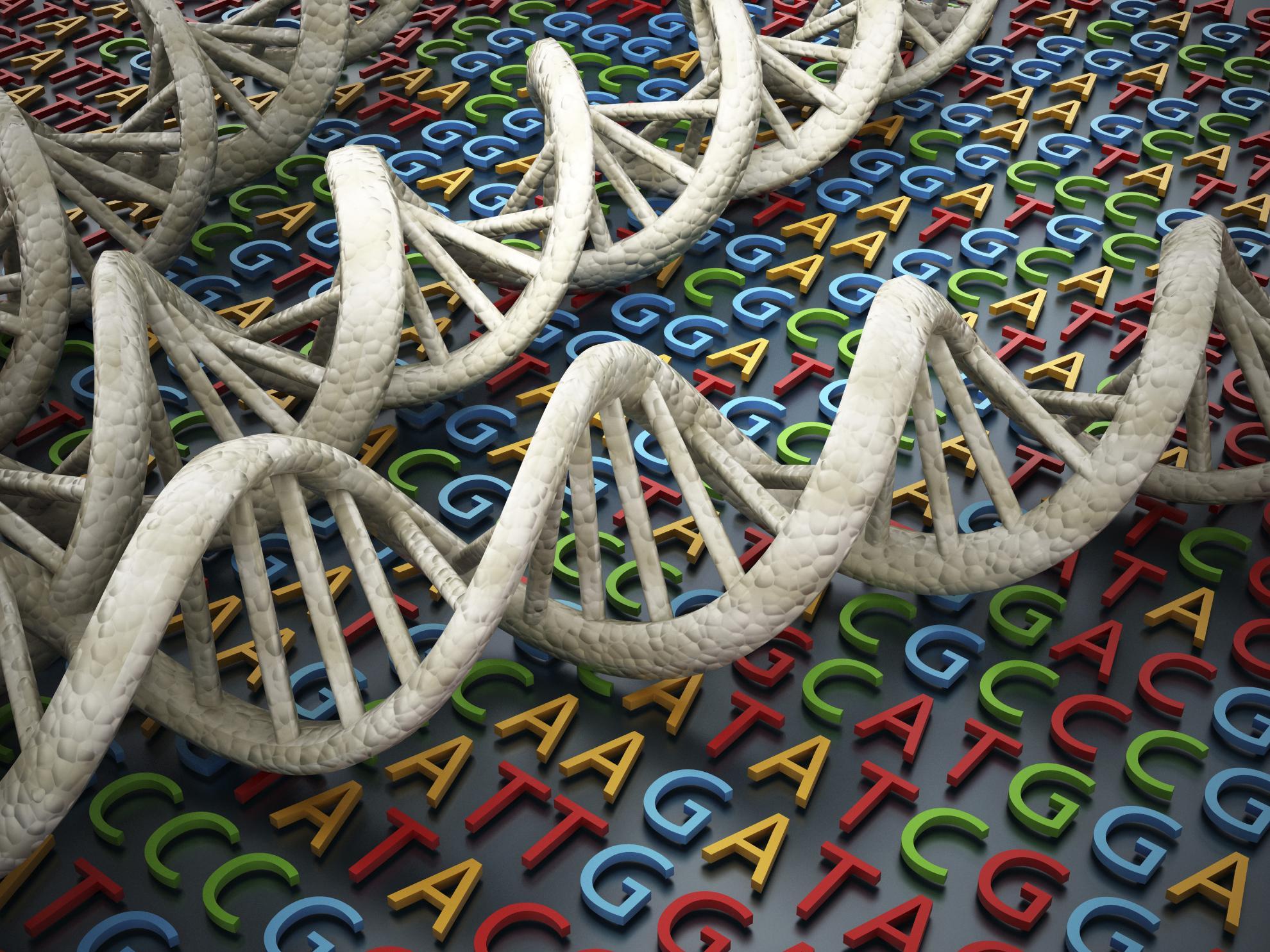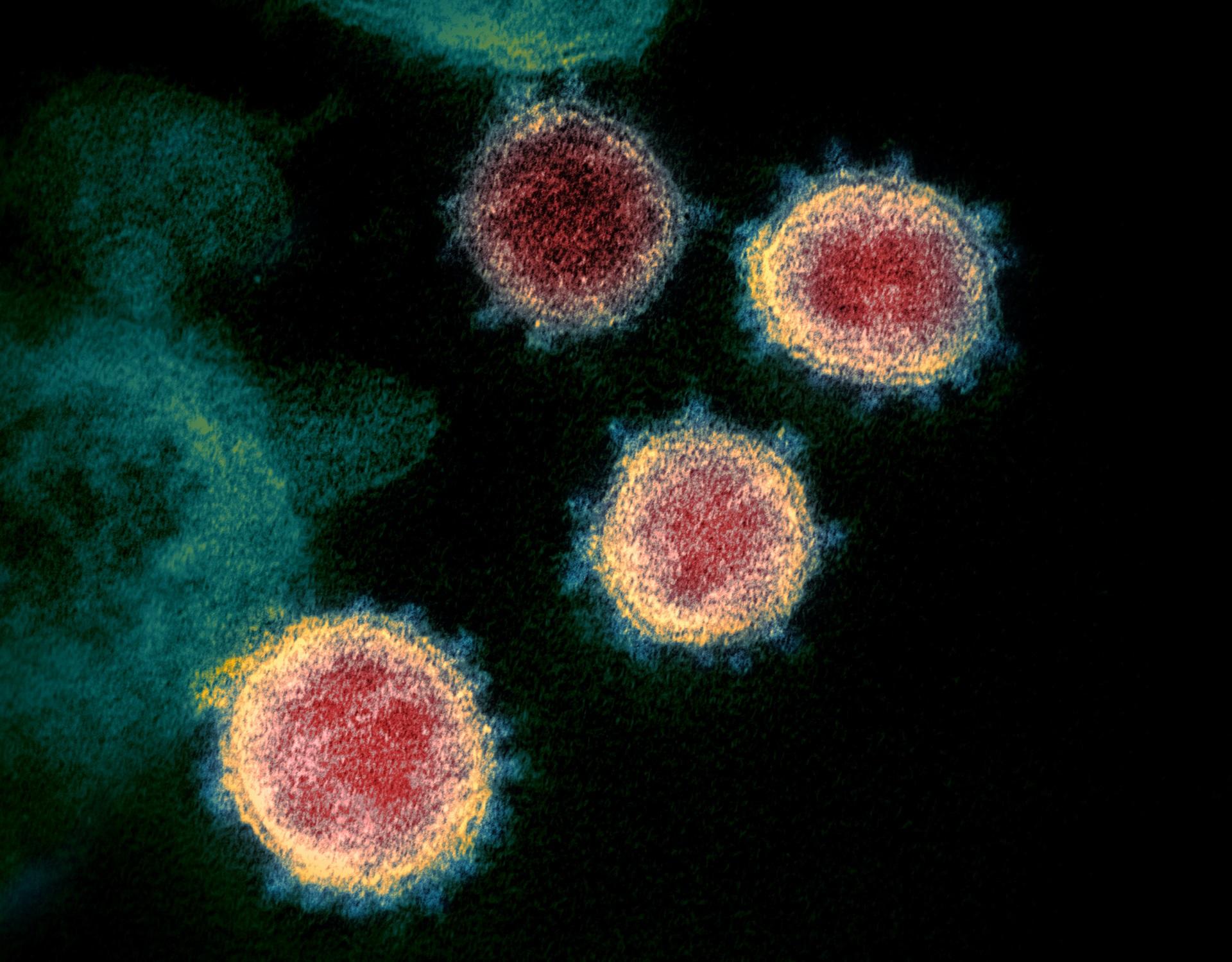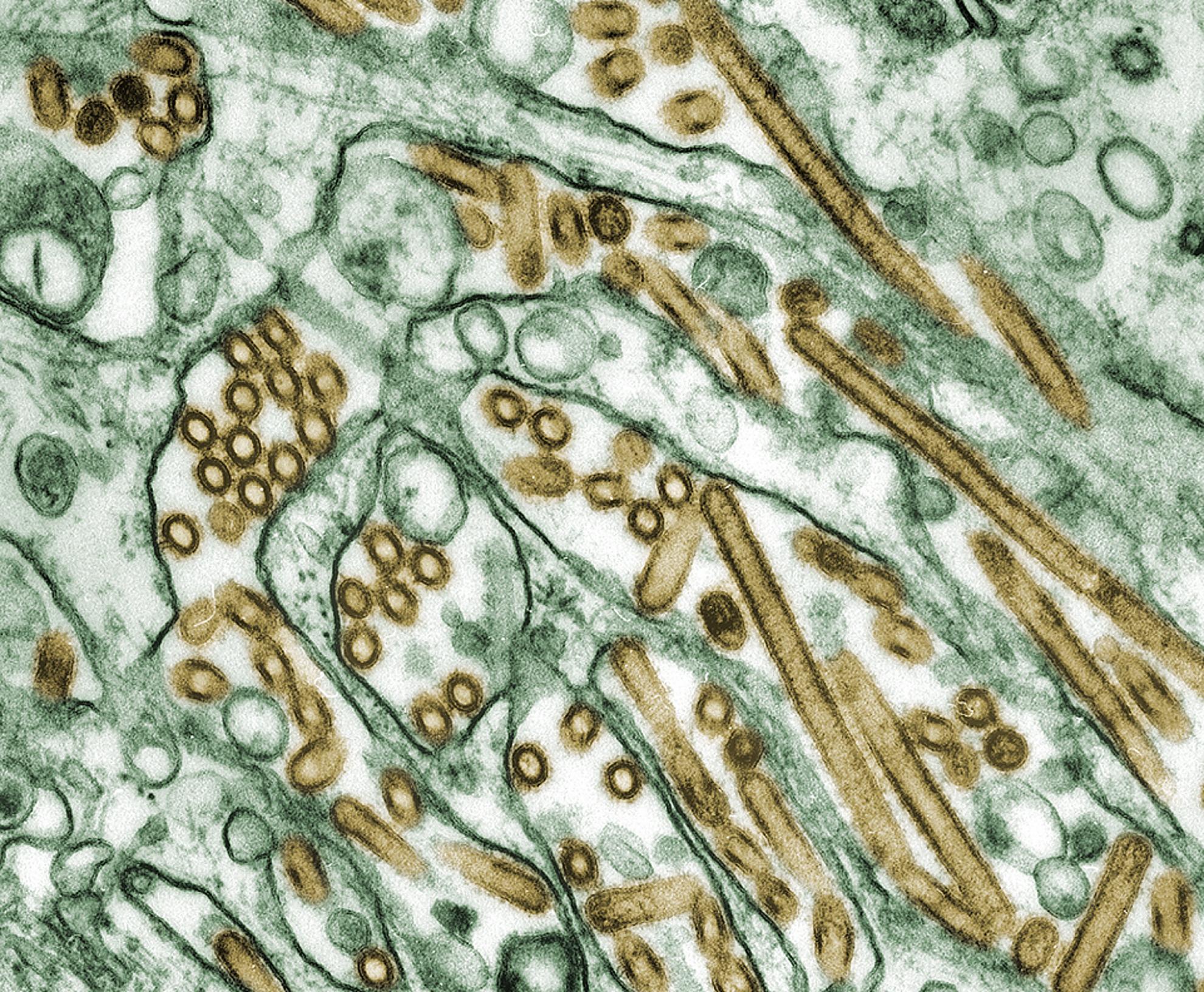A random priming amplification method for whole genome sequencing of SARS-CoV-2 virus
BACKGROUND: Non-targeted whole genome sequencing is a powerful tool to comprehensively identify constituents of microbial communities in a sample. There is no need to direct the analysis to any identification before sequencing which can decrease the introduction of bias and false negatives results. It also allows the assessment of genetic aberrations in the genome (e.g., single nucleotide variants, deletions, insertions and copy number variants) including in noncoding protein regions.
METHODS: The performance of four different random priming amplification methods to recover RNA viral genetic material of SARS-CoV-2 were compared in this study. In method 1 (H-P) the reverse transcriptase (RT) step was performed with random hexamers whereas in methods 2-4 RT incorporating an octamer primer with a known tag. In methods 1 and 2 (K-P) sequencing was applied on material derived from the RT-PCR step, whereas in methods 3 (SISPA) and 4 (S-P) an additional amplification was incorporated before sequencing.
RESULTS: The SISPA method was the most effective and efficient method for non-targeted/random priming whole genome sequencing of SARS-CoV-2 that we tested. The SISPA method described in this study allowed for whole genome assembly of SARS-CoV-2 and influenza A(H1N1)pdm09 in mixed samples. We determined the limit of detection and characterization of SARS-CoV-2 virus which was 103 pfu/ml (Ct, 22.4) for whole genome assembly and 101 pfu/ml (Ct, 30) for metagenomics detection.
CONCLUSIONS: The SISPA method is predominantly useful for obtaining genome sequences from RNA viruses or investigating complex clinical samples as no prior sequence information is needed. It might be applied to monitor genomic virus changes, virus evolution and can be used for fast metagenomics detection or to assess the general picture of different pathogens within the sample.


